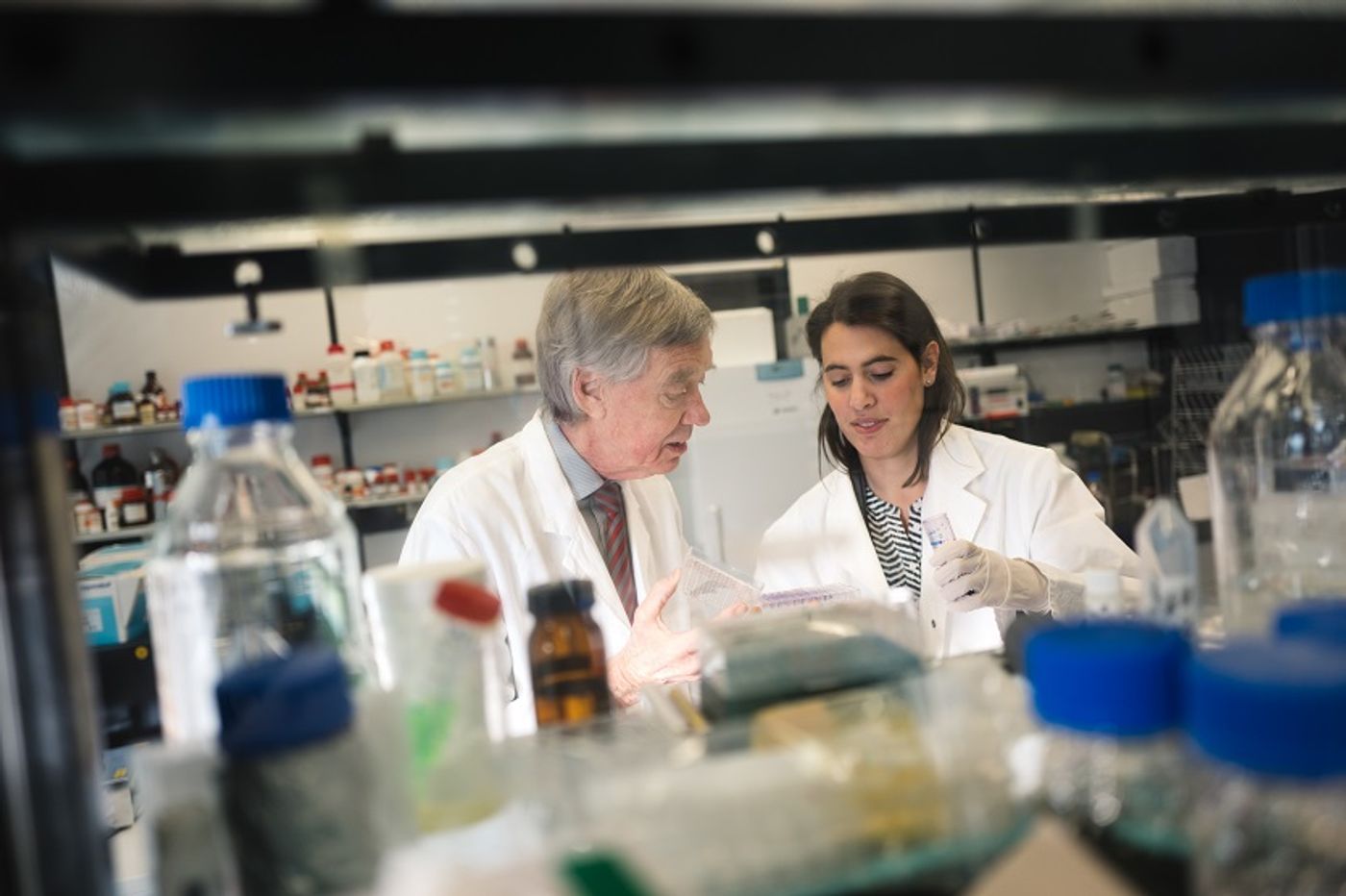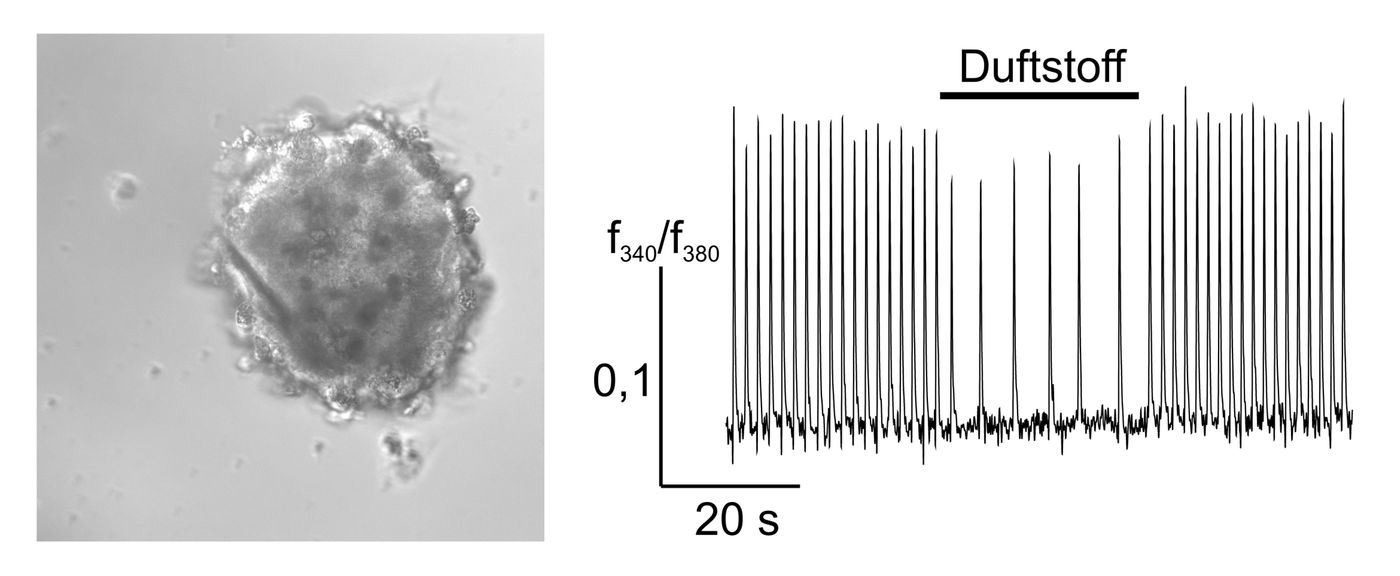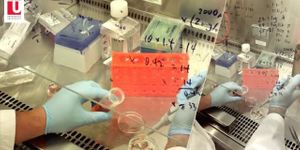The heart muscle has olfactory sensors, just like the nose
Apparently the heart muscle has olfactory receptors just like the nose does, but they are not for smelling flowers or tasty food. Instead, the olfactory activity in the heart muscle plays an important role in regulating the heart’s pulse frequency.
Olfactory receptors are among many chemosensory receptors in the human body that detect information in many body organs. But in the heart, olfactory receptors react to fatty acids in the blood and have a heavy impact on the heart rate and force of the heart’s muscle contraction.
Researchers from Ruhr-University Bochum started their study of cardiac olfactory receptors with an analysis of the genetic composition of heart muscle cells, called cardiomyocytes, using advanced gene sequencing methods. They found active genes in ten different olfactory receptors in the heart muscle; a receptor called OR51E1 seemed to be particularly popular.
They also developed cardiomyocytes from human skin cells and embryonic stem cells, essentially creating “mini hearts,” where they experimentally activated OR51E1 by introducing an odorant called “nonanoic/decanoic acid” to the equation. These acids are associated with a particularly unpleasant odor and occur naturally as a saturated fatty acid.
When OR51E1 was activated in this way, the mini hearts experienced a reduction in pulse frequency that only got worse when the researchers increased the concentration of the odorant. "This might have a negative effect on the cardiac functions of diabetic patients," said researcher Hanns Hatt. Once the odorant was removed, OR51E1 ceased to be activated and the mini hearts completely healed.
In follow-up experiments, researchers isolated myocardial cells from hearts of human patients and saw the same reaction in pulse frequency. Hatt’s concern with the effect on diabetic individuals stems from the fact that these patients often have blood with high amounts of the same odorants used in this study that caused a dangerous reduction in pulse frequency.
Image: For their study, the researchers produced a mini heart by reprogramming stem cells from human skin cells, shown in the left image under the microscope. When they added the scent molecule nonanoic acid, the pulse frequency of the mini heart was reduced (right). After removal of the odorant, the pulse frequency returned back to normal. © RUB, Nikolina Jovancevic
Hatt comes from the same department that successfully developed a molecule to block the OR51E1 receptor and prevent the dangerous reduction of pulse frequency. "Applying a blocker might help to reduce the negative effects on the human heart that are caused by medium-chain fatty acids, especially in patients with increased fatty acid levels in blood," Hatt said.
In addition to targeting diabetics, this approach might also be a potentially beneficial treatment for people with dangerously high heart rates.
The recent study was published in the journal Basic Research in Cardiology.
Sources: Ruhr-University Bochum, Olfactory Receptor Database, PubChem










